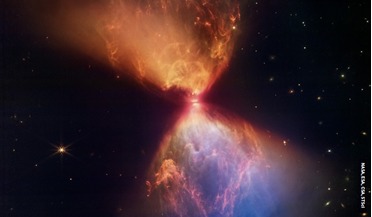 January 2023
Is human space exploration DOOMED?
January 2023
Is human space exploration DOOMED?
... to our expansion across the cosmos that we cannot get around. The discovery of Earth-like planets by the Kepler Space Telescope, adds weight to the argument that intelligent life is widespread. Why intelligent life may be doomed...
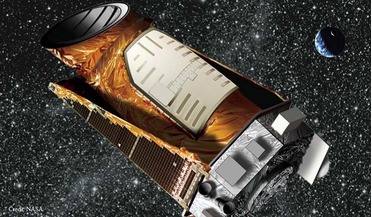 06 July 2015
From SETI to black crust on Churyumov-Gerasimenko: looking for alien life
06 July 2015
From SETI to black crust on Churyumov-Gerasimenko: looking for alien life
.... The SETI institute was established with precisely such hopes in mind. Its work involves studying the Kepler space observatory’s field for radio signals potentially emitted by intelligent civilisations , for example. Unverified claims of the...
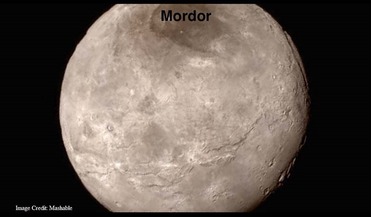 04 August 2015
Pluto, Charon, Lovecraft, Tolkien and other geek culture staples we should use on new worlds
04 August 2015
Pluto, Charon, Lovecraft, Tolkien and other geek culture staples we should use on new worlds
... to give other worlds. When a possible “Earth 2.0” was discovered recently by scientists, it was given the prosaic name of Kepler 452b. An fascinating recent study of the effect of cosmic wind on a galaxy had to contend with the fact that...
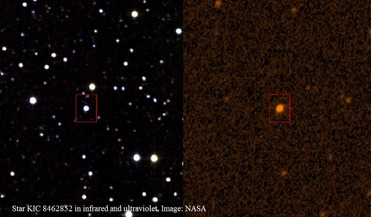 04 November 2015
KIC 8462852 mystery: blocked by ‘alien megastructure’ … or something more banal?
04 November 2015
KIC 8462852 mystery: blocked by ‘alien megastructure’ … or something more banal?
... star in Cygnus is giving astronomers a bit of a headache. Amateur astronomers working at the Planet Hunters project that scans Kepler space telescope data discovered that the star, whose official name is KIC 8462852 (the unofficial one...
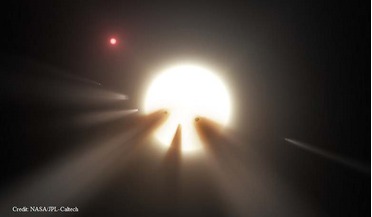 30 November 2015
“Alien Megastructure” Star's Dimming was Possibly Caused by Comets
30 November 2015
“Alien Megastructure” Star's Dimming was Possibly Caused by Comets
... lack of strong infrared excess 2 years after the events responsible for the unusual light curve observed by Kepler further disfavors the scenarios involving a catastrophic collision in a KIC 8462852 asteroid belt, a giant impact disrupting a planet...
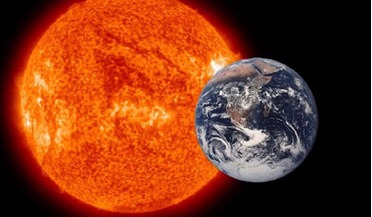 04 January 2016
Researchers find a new way to calculate the pull of gravity at the surface of a star
04 January 2016
Researchers find a new way to calculate the pull of gravity at the surface of a star
... or timescale technique for short, uses subtle variations in the brightness of distant stars recorded by satellites like NASA's Kepler and Canada's MOST missions and will allow scientists to measure surface gravity of a star with an accuracy of about...